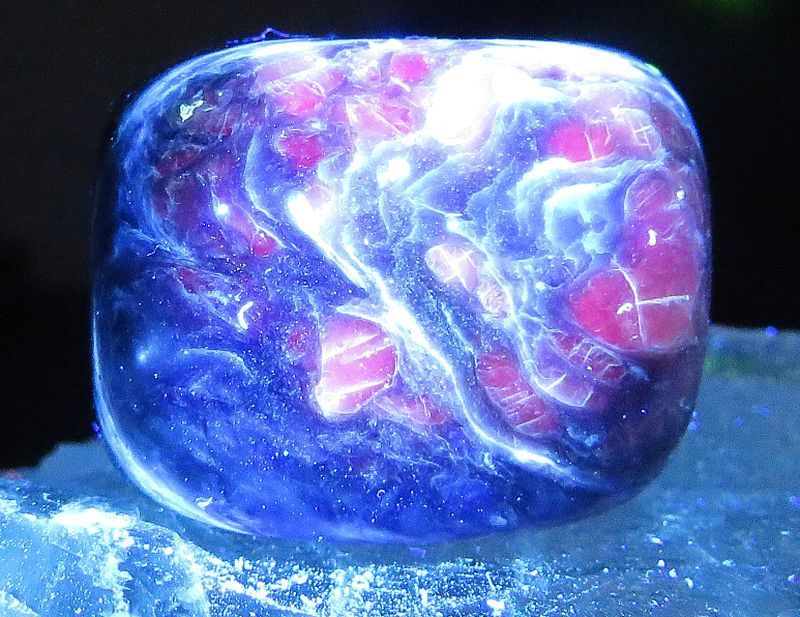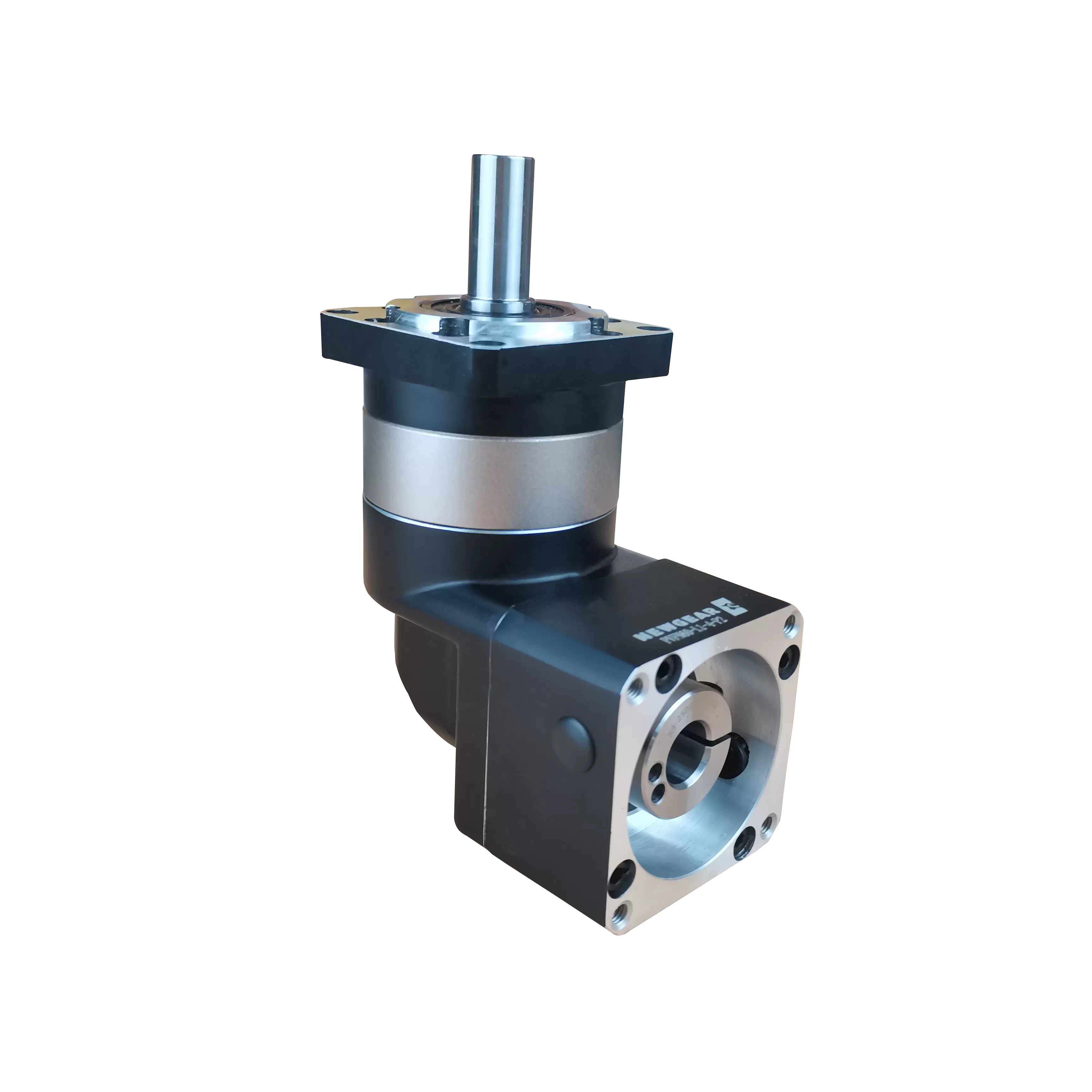
Minerals are the building blocks of our planet, each possessing unique properties and characteristics. Among these, metallic minerals hold a special allure due to their lustrous appearance and conductive nature. But how can we discern if a mineral is truly metallic? In this comprehensive guide, we will delve into the depths of mineralogy to uncover the key indicators and techniques for identifying metallic minerals. Whether you're a geology enthusiast or a professional in the field, this article will equip you with the knowledge to distinguish the metallic from the non-metallic.
- Physical Properties:
The first step in determining if a mineral is metallic is to assess its physical properties. Metallic minerals typically exhibit a high reflectivity, known as metallic luster, which gives them a shiny appearance similar to polished metal. This luster is a result of the mineral's ability to reflect light due to its high electrical conductivity. By observing the mineral's surface under proper lighting conditions, one can often identify the presence of metallic luster. - Color and Streak:
While color alone cannot definitively determine if a mineral is metallic, certain hues are commonly associated with metallic minerals. Minerals such as pyrite and galena often display a brassy yellow color, while others like hematite exhibit a deep red or silver-gray appearance. However, it is important to note that color can vary within metallic minerals, so additional tests are necessary for confirmation. One such test is examining the mineral's streak, which is the color left behind when the mineral is scratched on a porcelain plate. Metallic minerals typically leave a dark streak, often black or dark gray, due to the presence of metal oxides. - Density and Specific Gravity:
Another characteristic that aids in identifying metallic minerals is their density. Metallic minerals tend to have a higher density compared to non-metallic minerals. This can be determined by measuring the mineral's mass and volume and calculating its specific gravity. Specific gravity is the ratio of the mineral's density to the density of water. By comparing the specific gravity of a mineral to known values of metallic minerals, one can gain insights into its metallic nature. - Conductivity:
One of the most distinguishing features of metallic minerals is their ability to conduct electricity. Conductivity tests, such as the use of a conductivity meter or a simple circuit, can help determine if a mineral is metallic. By passing an electric current through the mineral and observing if it conducts or resists the flow of electricity, one can confirm its metallic properties. However, caution must be exercised as some non-metallic minerals may exhibit slight conductivity due to impurities. - Crystal Structure and Cleavage:
Examining the crystal structure and cleavage of a mineral can provide valuable clues about its metallic nature. Metallic minerals often crystallize in a cubic or hexagonal system, resulting in well-defined crystal faces and symmetrical shapes. Additionally, metallic minerals tend to exhibit a characteristic cleavage pattern, which is the way the mineral breaks along planes of weakness. Cleavage in metallic minerals is typically less pronounced compared to non-metallic minerals, often resulting in irregular or jagged fracture surfaces.
Conclusion:
Distinguishing metallic minerals from their non-metallic counterparts requires a keen eye and a systematic approach. By considering the physical properties, color and streak, density and specific gravity, conductivity, as well as crystal structure and cleavage, one can confidently determine if a mineral is metallic. Remember, the world of minerals is vast and diverse, offering endless wonders waiting to be explored. So, embark on your mineralogical journey armed with this knowledge and uncover the metallic mysteries that lie beneath the Earth's surface.



